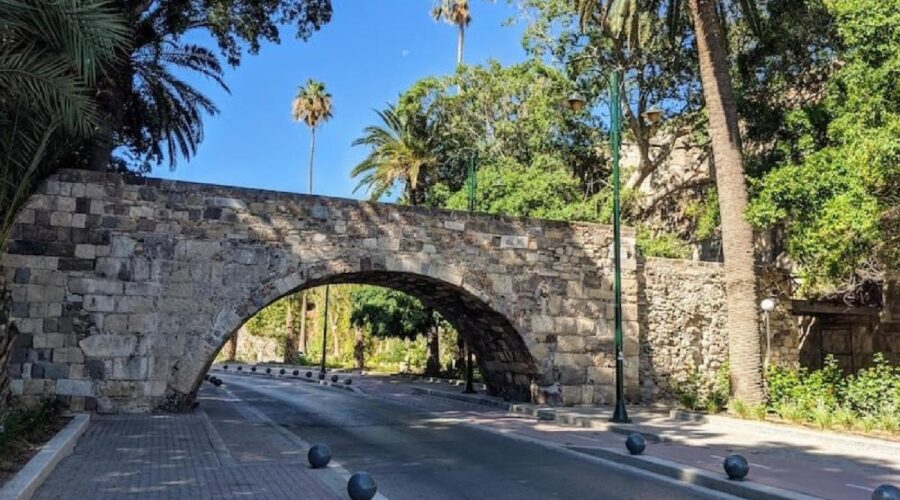Walking tour in Kos city
Kos Town, the capital of Kos Island in Greece, offers a nice walking tour with a delightful mix of ancient history, beautiful landscapes, and vibrant modern life. Here’s a walking tour suggestion that will help you explore some of the most important landmarks, archaeological sites, and scenic spots in the city:
Tour Highlights:
- Distance: Approximately 4-5 km.
- Duration: 3-4 hours (depending on how long you spend at each site).
- Ideal Time: Start early in the morning or late afternoon to avoid the midday heat.
Starting Point: Eleftherias Square
- What to See: Start your tour in the central Eleftherias Square, the heart of Kos Town. It’s surrounded by beautiful landmarks like the Archaeological Museum of Kos (if you’re interested in ancient artifacts), and the Defterdar Mosque, a reminder of the Ottoman influence on the island.
- Why Visit: The square is a lively place, bustling with locals and tourists, and has plenty of cafes and restaurants if you want to grab a coffee or snack to start your journey.
Stop 1: Ancient Agora
- What to See: A short walk from the square will take you to the Ancient Agora, one of the largest ancient market areas in the Mediterranean. It’s an open-air archaeological site where you can walk among the ruins of temples, shops, and homes that date back to the 3rd century BC.
- Why Visit: It’s a great spot to get a sense of the island’s history while imagining life in ancient Kos.
Stop 2: Neratzia Castle (Castle of the Knights)
- What to See: Continue towards the harbor to visit Neratzia Castle, also known as the Castle of the Knights. This fortress, built by the Knights of St. John in the 14th century, offers a glimpse of medieval military architecture and stunning views of the sea.
- Why Visit: Climb the walls of the castle for panoramic views of the city and the coastline, and explore the history of the knights who once ruled the island.
Stop 3: Hippocrates Plane Tree
- What to See: Just outside the castle, near Platia Platanou, stands the legendary Plane Tree of Hippocrates, where, according to tradition, Hippocrates, the father of modern medicine, taught his students.
- Why Visit: It’s a symbolic place linked to the rich medical history of the island. The tree itself is one of the oldest in the world, and there are plaques explaining the historical context.
Stop 4: Kos Harbour and Mandraki Port
- What to See: Head towards the scenic Kos Harbor and Mandraki Port. Walk along the seafront promenade, enjoying views of the Aegean Sea, boats, and the surrounding hills. You can also stop for some fresh seafood at one of the many waterfront tavernas.
- Why Visit: The port is lively, with fishermen unloading their catches, and the area is full of restaurants, cafes, and shops. It’s a great place to relax and take in the coastal atmosphere.
Stop 5: Roman Odeon
- What to See: A bit further inland, you’ll come across the Roman Odeon, an ancient amphitheater that dates back to the 2nd century AD. It’s beautifully preserved, and you can still sit in the marble seats.
- Why Visit: Imagine ancient performances and public speeches here. The site also has an underground section where you can explore ancient statues and mosaics.
- Roman Odeon of Kos – Kos Cityguide
Stop 6: Casa Romana (Roman House)
- What to See: Nearby, visit Casa Romana, a restored Roman villa with beautiful mosaics and courtyards. The residence showcases Roman luxury with its intricate designs and artwork.
- Why Visit: It provides insight into how the wealthy lived during the Roman period on Kos.
Stop 7: Western Excavation Site
- What to See: A few minutes’ walk from Casa Romana, explore the Western Excavation Site, which includes a collection of well-preserved ancient ruins, including public baths, mosaics, and an early Christian basilica.
- Why Visit: It’s one of the more tranquil and lesser-visited sites, making it a peaceful place to wander through ancient history.
Stop 8: The Altar of Dionysus
- What to See: Head towards Dionysus’ Altar, a small yet significant archaeological site with a shrine dedicated to the god of wine, Dionysus. Nearby, there’s a monument with depictions of theatrical masks and grapes, symbolizing Dionysus’ association with festivals.
- Why Visit: It’s a small but charming site that adds a cultural touch to your tour.
End Point: Palm Tree Avenue
- What to See: Finish your tour with a leisurely walk along Palm Tree Avenue (Finikon Street), a long street lined with tall palm trees. It connects the town center with the beach and offers a picturesque route to end your walk.
- Why Visit: The street is beautiful, especially during sunset, and leads you towards the beach for some relaxation or a refreshing swim.



